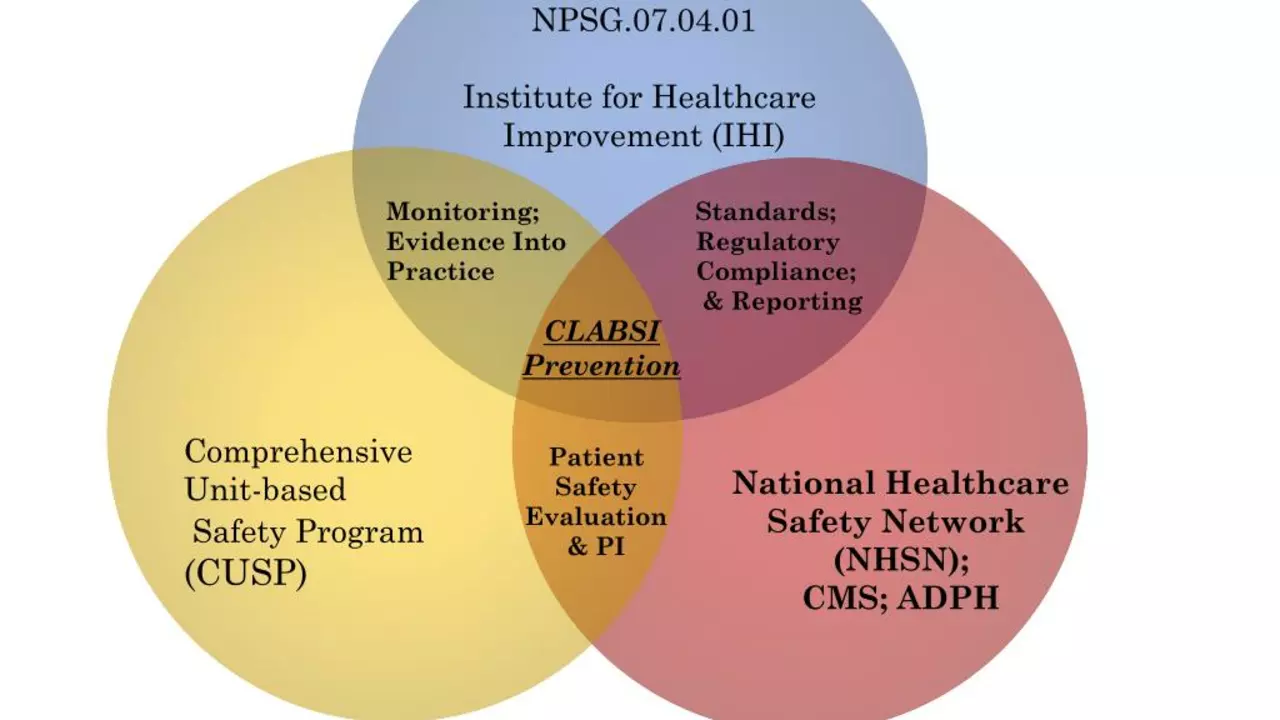After an in-depth review of Vortioxetine, I've found it to be generally safe and well-tolerated. Common side effects include nausea and vomiting, but these are typically mild and temporary. Despite these side effects, Vortioxetine still stands as a beneficial treatment option for major depressive disorder. It's crucial, though, to monitor patients under this medication, given that responses can vary. Overall, Vortioxetine provides a balance of efficacy and tolerability that is essential in the treatment of depression.
Medication Safety: How to Use and Buy Medicines Safely
Safety matters every time you take a pill or order medicine online. A few simple habits prevent bad reactions, scams, and wasted money. Below are clear, practical steps you can use today—whether you’re refilling a chronic prescription or ordering antibiotics for a short course.
Buying meds online safely
Look for a licensed online pharmacy. Check for a visible address, pharmacist contact, and regulatory seals (for example, national pharmacy boards or recognized accreditation). Don’t buy from sites that offer prescription-only drugs without asking for a valid prescription—legitimate pharmacies will require one.
Watch for red flags: extremely low prices, no phone number, foreign warehouse addresses, or vague product photos. Read recent user reviews and search the site name plus “scam” or “reviews.” Compare active ingredient names—sometimes generics are cheaper; make sure the strength and formulation match what your doctor prescribed.
Check packaging when it arrives. Seals should be intact, lot numbers and expiry dates clear, and pill appearance should match descriptions or your past supplies. If anything seems off—different color, smell, or damaged packaging—stop using the product and contact your pharmacy.
Using medicines safely at home
Start a simple routine: keep an up-to-date medication list with active ingredients, doses, and why you take each drug. Share that list with every new provider or pharmacist. Use a pillbox or phone reminder to avoid missed doses or accidental double-dosing.
Be aware of common interactions. For example, metronidazole and tinidazole can cause severe reactions with alcohol; some supplements affect blood thinners; and kidney-friendly dosing matters for drugs cleared by the kidneys (levetiracetam is one example that often needs dose changes in renal impairment). Ask a pharmacist if you take multiple meds or have kidney or liver disease.
Watch for side effects and set simple checks: record new symptoms, note changes in mood, digestion, or sleep, and photograph rashes. Some drugs need lab monitoring—like blood thinners or certain hormones—so follow blood test schedules. If you notice serious signs (breathing trouble, sudden swelling, chest pain, fainting), seek urgent care right away.
Store medicines correctly: room temperature unless label says refrigerated, away from heat and moisture, and out of reach of children. Safely dispose of expired or unused meds—many pharmacies run take-back programs.
Finally, talk openly with your pharmacist. They can spot dangerous combos, suggest lower-cost generics, explain side effects, and advise during travel (carry an extra inhaler or a doctor’s note for controlled meds). A few minutes of questions can prevent big problems.
Safety isn’t complicated—it's a few reliable checks before you buy and small habits while you use medicines. Keep a clear list, buy from trusted sources, watch for interactions, and contact a healthcare professional if anything feels wrong.

